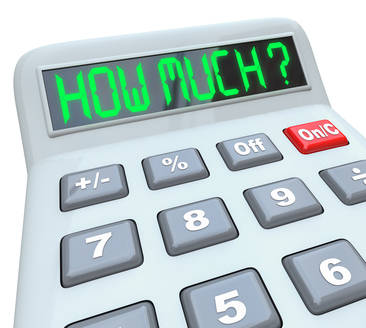Hi all and a Happy 2019 to you! I know, I haven't blogged for a long time. the truth is, we have been busy with a number of things including working on our mentorship programme for TAVASA.
Anyway, as some of you probably know, TAVASA (Transcriptionists and VAs of South Africa forum) has moved to a WhatsApp group and is now very active and busy. (
Click this link to join!)
Recently we had an interesting discussion regarding rates, and what to charge, pertaining to transcription and typing.
It's never an easy question to answer.
With all this in mind, I have this basic formula (I must be more sciencey than I thought!)
1) Figure out what you need to earn in an hour. I think R250 is a fair hourly rate.
2) Figure out how long you're going to need to do the job. (It's worth asking the client for samples, timelines, etc, etc).
3) Decide if you are going to outsource your work or do it all yourself.
4) Does the job COST you anything - ie are you paying a lot for data, petrol, rental, etc.
So, loosely, a good quality audio of one hour should take about 3 hours to transcribe. All things being equal, R750 per audio hour is then a fair rate to charge. The same applies to typing. If you get a job in, calculate how long it's going to take you. You can even type out a page to see how long it takes. Then work out how many pages you can do in an hour. Say you can do 8 in an hour, and given you need to make R200 in an hour, R25 per page is a good rate to charge. You can also keep these as your set rates and have a rate card so that you're prepared when a client contacts you.
Don't overcharge or under charge. Neither is good for the industry.
Hope this is helpful.

Gaynor Paynter, Copy Editor and Transcriber
www.typewritetranscription.co.za


